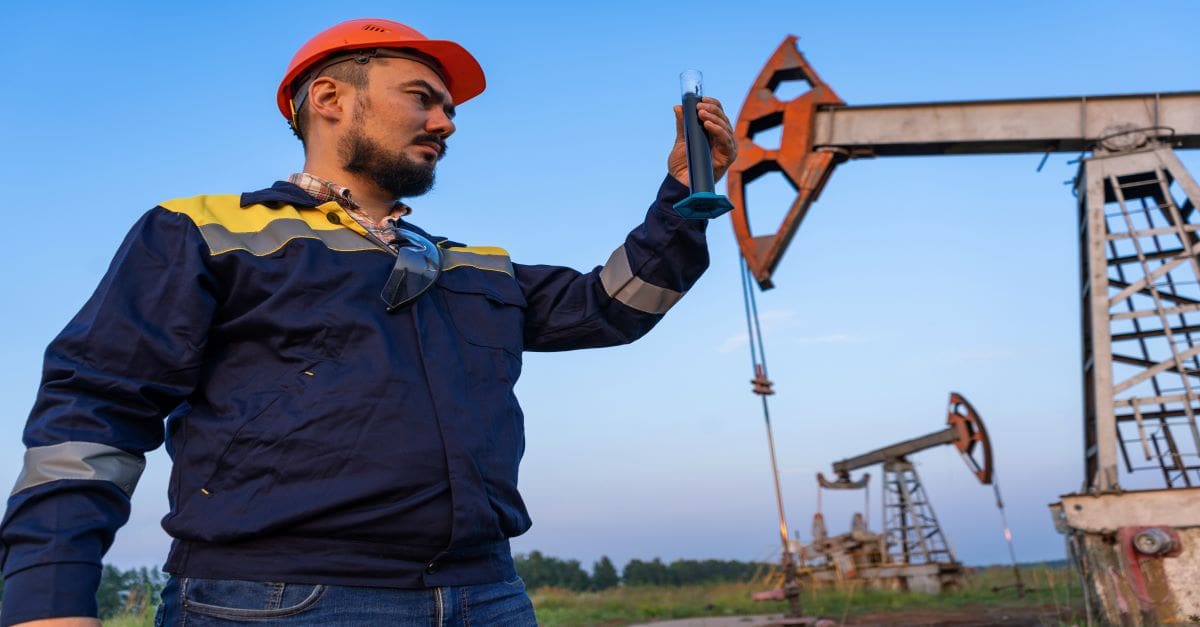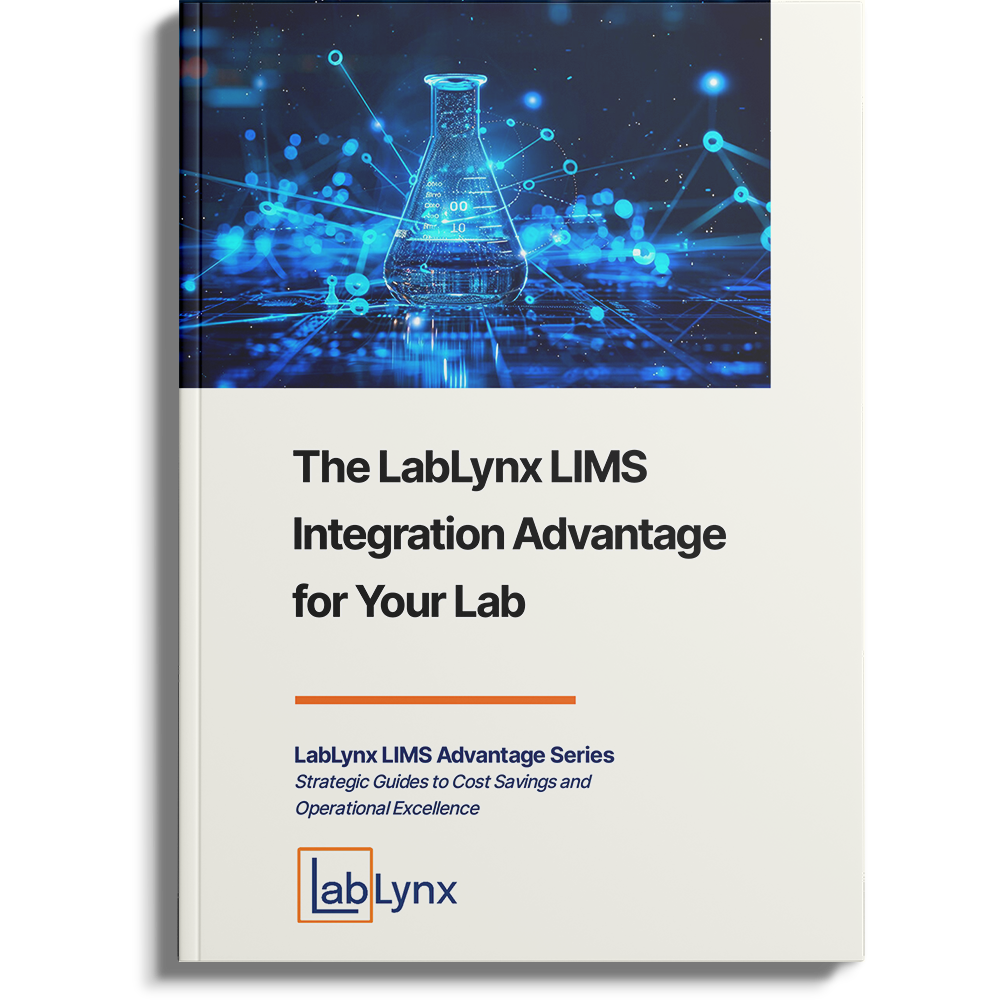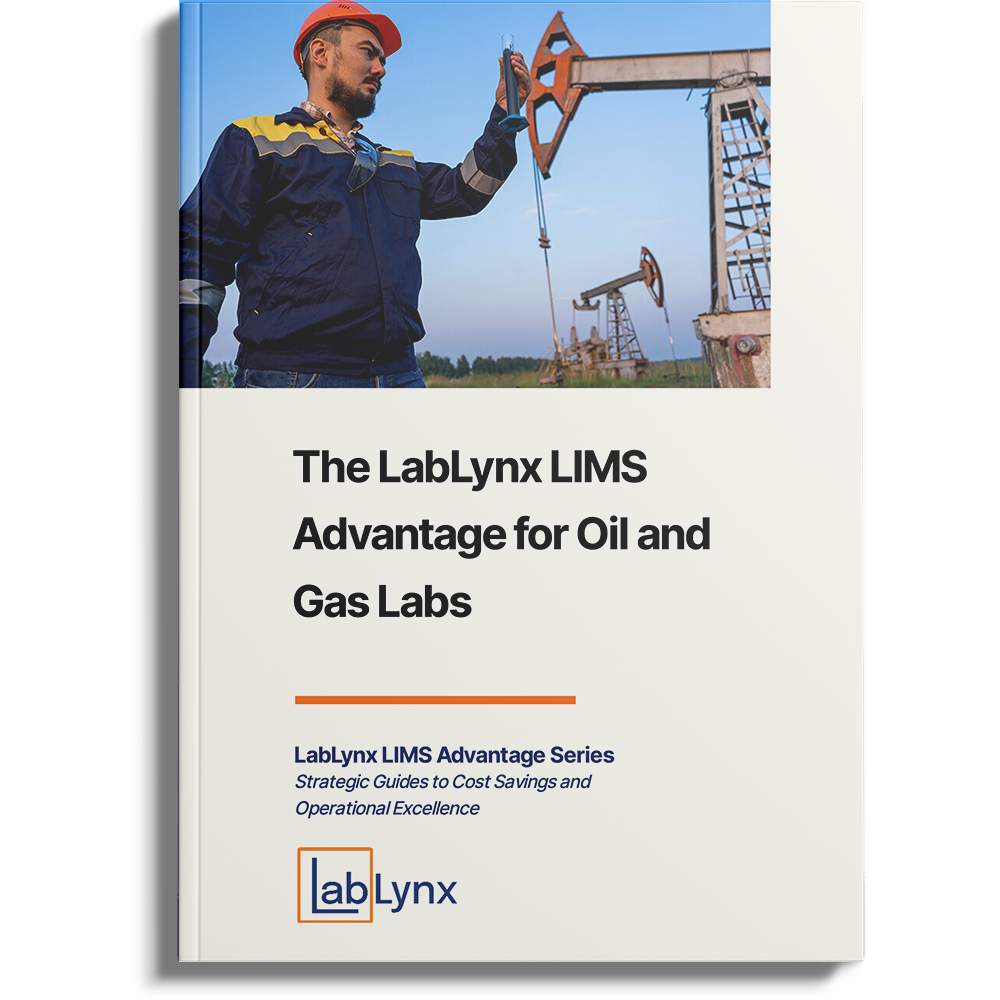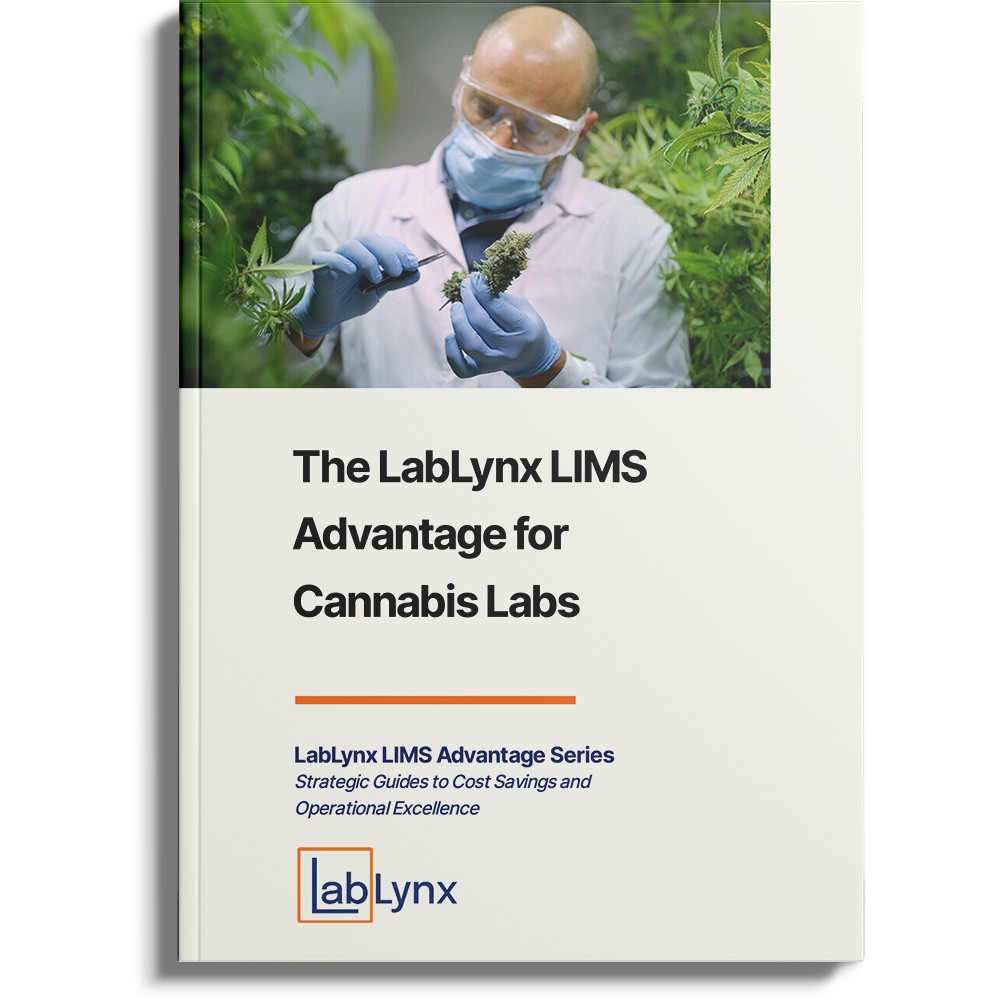
Oil and natural gas are fossil fuels, formed underground from the remains of plants and animals. Since the mid-1800s, the United States has been drilling wells and extracting oil and gas. The oil is refined into gasoline and diesel for vehicle and jet fuels, and distillates are extracted as petrochemicals used for a range of manufacturing products. Natural gas is processed and used mainly for electricity, heat, and industrial production.
With the introduction of hydraulic fracturing (fracking) and horizontal drilling, as well as advances in off-shore drilling (primarily in the Gulf of Mexico), the US has surpassed Saudi Arabia as the world’s top producer of oil. In 2021, the US was producing about 11 million barrels of crude oil per day and around 100 billion cubic feet of gas per day.1
With such a significant output, the role of an oil and gas testing laboratory is critical, from discovery to refining. Below are just a few examples of the testing conducted by oil and gas labs.
Crude oil analysis
Crude oil is the natural state of the oil extracted from the Earth through drilling machines. Each crude oil type has unique molecular and chemical characteristics and possesses differences in quality and use. Crude oil assay testing provides detailed analyses to help determine if the crude oil extracted is compatible with a particular refinery or if the crude oil could cause quality or production issues.
Crude oil analysis also plays a role in determining the commercial value of oil. The testing identifies the oil’s density, which specifies how light or heavy a crude oil is compared to water, and provides each sample with a grade of American Petroleum Institute (API) gravity. Lighter grades are generally more expensive, as they possess a higher percentage of hydrocarbons, which can be converted to fuel.
Natural gas analysis
Natural gas is a naturally occurring hydrocarbon gas mixture, consisting primarily of methane and propane, extracted from a well in the ground. Natural gas testing involves determining the number of components and compositional ranges of natural gas (NG), natural gas liquid (NGL), liquefied natural gas (LNG), and liquefied petroleum gas (LPG).
The number of components and the compositional range defines the suitability of the gas for specific applications. A particularly important test determines the calorific (or BTU) value of NG and NGL for use in home heating and cooking. The higher the BTU rating the more valuable the fuel is and the higher price it commands.
Oilfield water analysis
The analysis of oilfield water is a key component in the exploration of oil and gas formations. Excessive water can affect the performance of the production wells and shorten their life period. A field with too much water can also lead to high costs to separate, treat, and dispose of the water.
When a well starts to produce too much water, it is essential to determine where the water is coming from and determine any actions that are needed. Testing water from unsuccessful wells, also known as dry holes, for traces of organic acids and compounds could suggest that oil accumulation is nearby.
Oil and gas refinery analysis
Refineries depend on accurate and precise process sample test results to keep operations running efficiently, productively, and profitably.
The refinery is like a manufacturing facility where crude oil is processed and converted into finished and semi-finished products. Accurate testing is essential to determine the composition, purity, and presence of contaminants during all phases of oil and gas production, including distillation, filtration, and other processes.
Regulatory and standardization requirements for oil and gas analysis labs
As with many industries, oil and gas laboratories are held to a set of regulatory requirements from several agencies, as well as a variety of standards, to ensure product quality, safety, and testing accuracy, and to minimize the cost of petroleum and petroleum product transactions, both nationally and internationally. Examples of entities developing standards applicable to the oil and gas industry include:
- GPA (Gas Processors Association): Develops industry standards around technology and procedures for processing natural gas
- ASTM (American Society for Testing and Materials): Publishes voluntary consensus technical standards for materials, products, systems, and services
- DIN (German Institute for Standardization): Represents German interests at the international and European levels as an official national standards body
- EN (European Standard): Develops technical standards designed to facilitate commerce between a manufacturer and European countries
- ISO (International Organization of Standardization): Develops international standards both generic and industry-specific
- UOP (Universal Oil Products Collections Standards): Develops test methods for contaminants and the make-up of oil, gas, and materials used or generated in refining
The role of the laboratory information management system (LIMS) in oil and gas labs
Oil and gas labs utilize many instruments and multiple processes to enable the continuous evaluation and quality assurance of oil and gas, from exploration to extraction and refinement. Labs generate a large amount of data, require extensive report generation, and, as noted above, must comply with multiple regulations and standards.
Trying to manage all that data on spreadsheets by hand-keying instrument results or attempting to use multiple applications to support things like inventory management, reporting needs, and quality control can lead to errors and inefficiencies in the lab. Not to mention difficulties obtaining some accreditations. Therefore, the utilization of a laboratory information management system (LIMS) is essential for optimal laboratory function, regardless of lab size or complexity.
The LabLynx ELab LIMS can pre-populate the ASTM, ISO, and other testing standards appropriate for the oil and gas testing lab’s services. Simple browser interfaces let laboratory staff modify methods and workflows or develop in-house test methods, as well as set test parameters and limits. Integrating the lab’s instruments with the ELab LIMS eliminates the manual processes that introduce errors and occupy lab staff with unproductive tasks.
Consolidating all the lab’s data, inventory, and report management within ELab LIMS streamlines testing operations to improve turnaround times, throughput, and other performance metrics. Making the LabLynx LIMS your lab’s single source of testing data lets you generate reports for quality control, like a certificate of analysis (COA), as well as regulatory compliance and accreditation assessment reports.
References
1 https://www.cfr.org/backgrounder/how-us-oil-and-gas-industry-works




